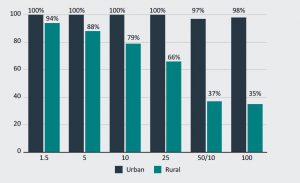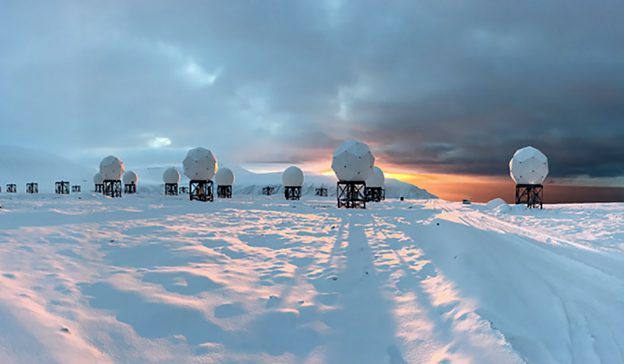Internet Access as a Tool for the Preservation of Indigenous Culture and Fostering Healthy Communities
The high amount of non-Indigenous content across social media and the internet more broadly is often seen as a threat to the preservation of Indigenous culture.
However, when used correctly it is a valuable tool for members of rural Arctic communities to preserve and share ideas, regional traditions, and cultures. While some action has been taken to increase connectivity through broadband internet, no two Arctic communities are exactly alike with the same issues and needs.
“Inuit assert their presence in the world and forge new online and offline (transnational and local) social networks. In this capacity, the Internet can be seen as inspiring a new and creative form of technological practice through which Inuit can mobilize themselves and engage different material and immaterial worlds”
Policy Recommendations

Investment in hard and soft infrastructure to ensure members of the community can maintain and develop internet access themselves, as well as a misinformation and disinformation campaign to protect and foster Indigenous community engagement. The addition of more electric grids and telecommunications infrastructure provides a strong foundation to address other community needs, like infant health, mental health, and rebuilding trust with the government.
Please view the video below to learn more about the internet, social media, and their connection to Indigenous identities.
Facebook group sharing Indigenous hunting content:
Knowledge preservation platforms:
- Inuktut Lexicon Atlas: A Pilot Atlas of the Inuit Language in Canada
- Inuit: Land of Arctic Ice Exhibit on Google Arts and Culture
Guidelines for policy recommendations:
- The United Nation’s Rural Broadband Policy Framework
cover image: OneWeb antennas in Svalbard, Norway
